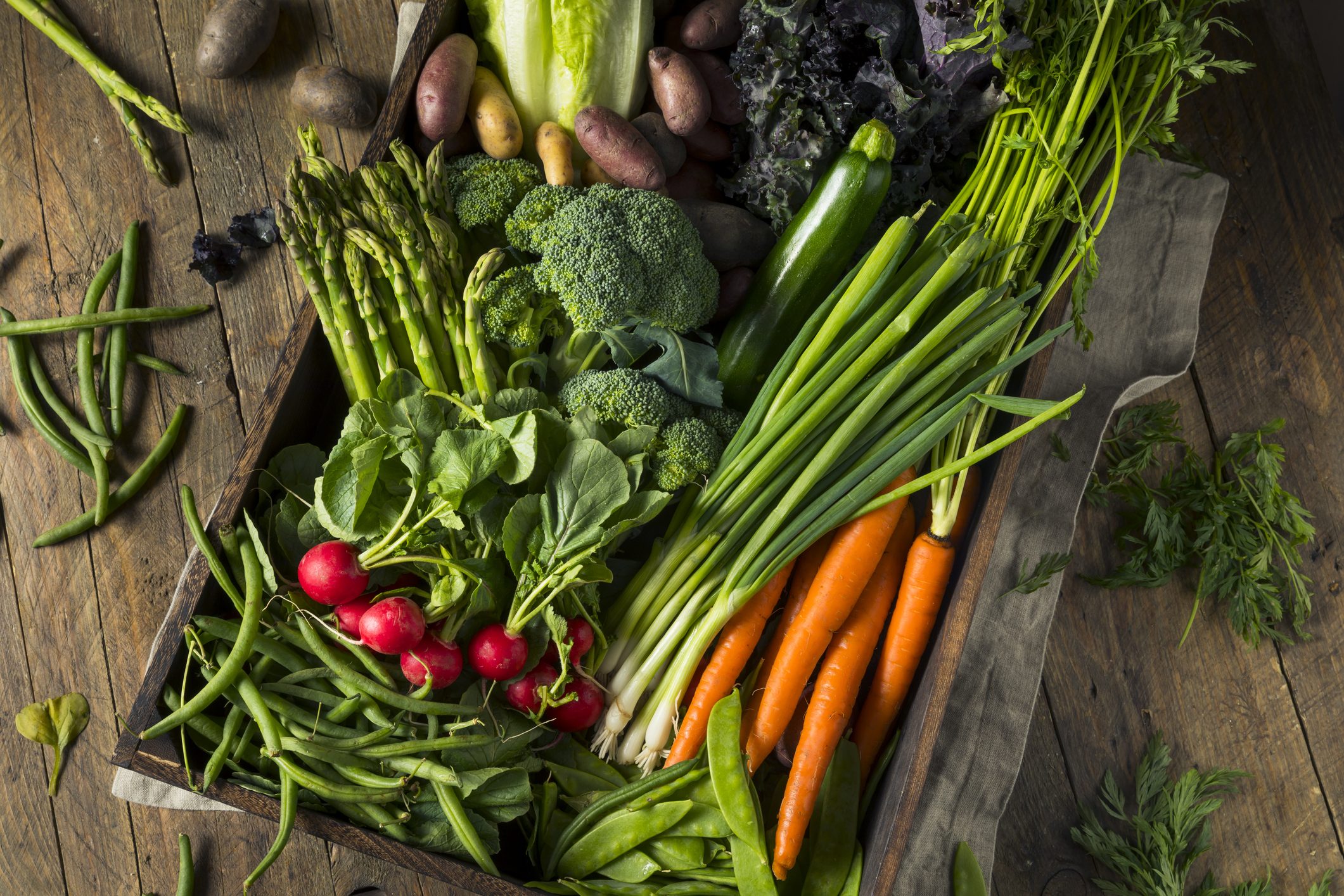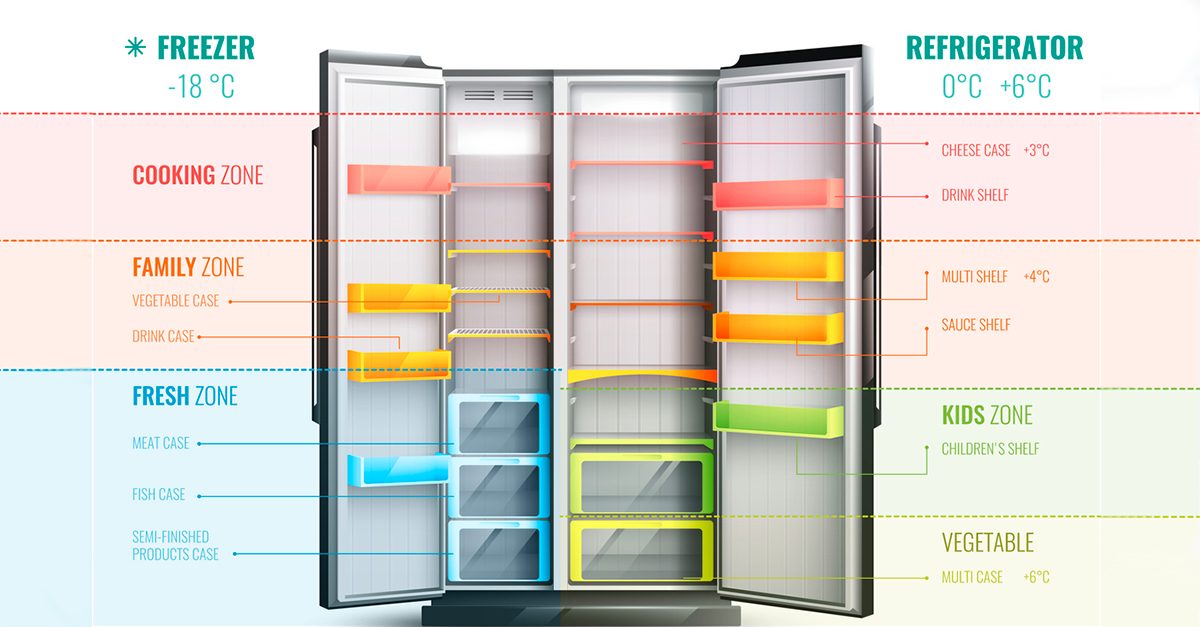How Do Foods Get Their Organic Certification From the USDA?
The USDA organic label requires a rigorous certification process involving a detailed application, on-site inspections, and adherence to strict standards for soil quality, pest control, and additives. It typically takes three years to transition to organic practices. Foods must follow organic guidelines, and products labeled 100% USDA organic must meet even stricter criteria, including all organic ingredients and no synthetic substances.
;Resize,width=742;)
In today’s world, the demand for organic food is on the rise, driven by consumers' desire for healthier and more sustainable options. The USDA organic label has become a trusted indicator of quality and purity. But what does it take for food to earn this prestigious label? Let’s explore the journey of food obtaining USDA organic certification, answering some key questions along the way.
The USDA Organic Certification Process
The USDA organic label isn't handed out lightly; it’s earned through a rigorous certification process. The USDA certifies food as organic by adhering to strict guidelines that ensure the products meet the necessary standards. This involves comprehensive inspections and a commitment to maintaining organic integrity throughout the entire production process. Certification agents, accredited by the USDA, visit farms and facilities to verify that the practices comply with organic standards, including soil quality, pest and weed control, and the use of additives.

How Long Does Certification Take?
Obtaining USDA organic certification is not a quick process. It typically takes about three years for a farm or production facility to transition from conventional to organic practices. This period allows the land to be free from prohibited substances such as synthetic pesticides and fertilizers. During these three years, all practices must comply with organic standards, and detailed records must be kept to ensure transparency and traceability. This transition period is crucial for ensuring that the final product is genuinely organic.
What Are the Steps to Get Certified from the USDA?
Foods are certified organic through a structured process that starts with an application to a USDA-accredited certifying agent. The application includes a detailed Organic System Plan (OSP) that outlines all practices and substances used in production. Once submitted, an on-site inspection is conducted to verify that the OSP is being implemented correctly. The inspector evaluates everything from the fields and storage areas to the handling and processing facilities.
After the inspection, a report is submitted to the certifying agent, who reviews it alongside the OSP. If everything complies with USDA organic standards, certification is granted. However, it doesn't end there; annual inspections are required to maintain the certification, ensuring ongoing compliance.

Achieving 100% USDA Organic Certification
To be labeled as 100% USDA organic, a product must meet even stricter criteria. Every ingredient and processing aid used in the product must be certified organic, and no non-organic substances are allowed. This means no synthetic fertilizers, pesticides, or genetically modified organisms (GMOs) can be used at any stage of production. Additionally, organic livestock must be raised in living conditions accommodating their natural behaviors, fed 100% organic feed, and not given antibiotics or hormones.
Achieving 100% USDA organic certification requires meticulous attention to detail and a deep commitment to organic farming principles. Farmers and producers must work closely with certifying agents to ensure every aspect of their operation meets the stringent requirements.
;Resize,width=767;)
;Resize,width=712;)
;Resize,width=712;)
;Resize,width=712;)
